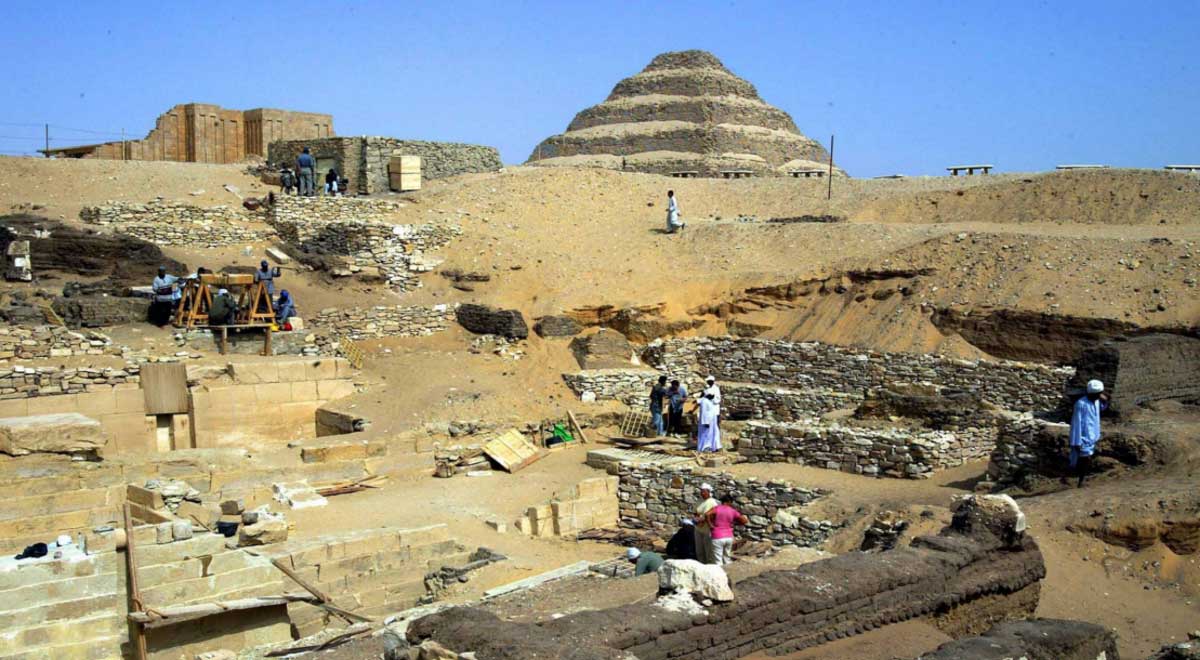Archaeologists have discovered a 3200-year-old crypt in the necropolis at Saqqara. Most likely, it belonged to Ptah-M-Via, a high-ranking official during the heyday of Ancient Egypt. The sarcophagus was not found, the owner of the burial was identified by hieroglyphs.
The hieroglyphs found in the tomb indicate that Ptah-M-Via performed several important functions during the reign of Ramses II. He was, among other things, the treasurer and chief caretaker of the ruler’s livestock. The engravings also indicate that he was the official in charge of offering sacrifices at one of the temples built by the pharaoh at Thebes (today Luxor).
The tomb is richly decorated. On its walls is painted: scenes of leading livestock for slaughter. Other paintings depict a man (possibly Ptah-M-Via) sitting by jugs. Archaeologists have also found stone pillars with inscriptions carved into the place. They represent Osiris, the god of vegetation and the cycle of death and rebirth.
Officer of the Mighty Pharaoh
Ptah-M-Via served Pharaoh Ramses II, one of the rulers of Ancient Egypt, who ruled from 1279-1213. BC. This ruler went down in history as the co-author of the first known peace treaty in history, which he concluded. with the king of the Hittites after the lost battle of Kadesh. During his long reign, Pharaoh, despite his initial defeats, expanded and strengthened Egyptian influence in Palestine and Syria.
Ramses II proved to be an outstanding builder. Among the most impressive monuments destroyed during his reign are the temples in Abu Simbel, where scenes of the alleged victory at Kadesh were carved (thus Ramses II is also the first ruler known in history to use false propaganda, presenting defeat as a success. ). Another impressive building built during his reign is the Ramesseum, a complex of temples and tombs of the pharaoh.
The Egyptian Ministry of Tourism and Antiquities announced the opening of the official’s tomb. Saqqara is a necropolis in the province of Giza, located west of Memphis, the capital of Egypt during the Old Kingdom (circa 2657-2166 BC). There are numerous tombs of officials, as well as mastabas (tombs in the form of a truncated pyramid) and the step pyramid of Pharaoh Djoser. The area is included in the UNESCO World Heritage List.

